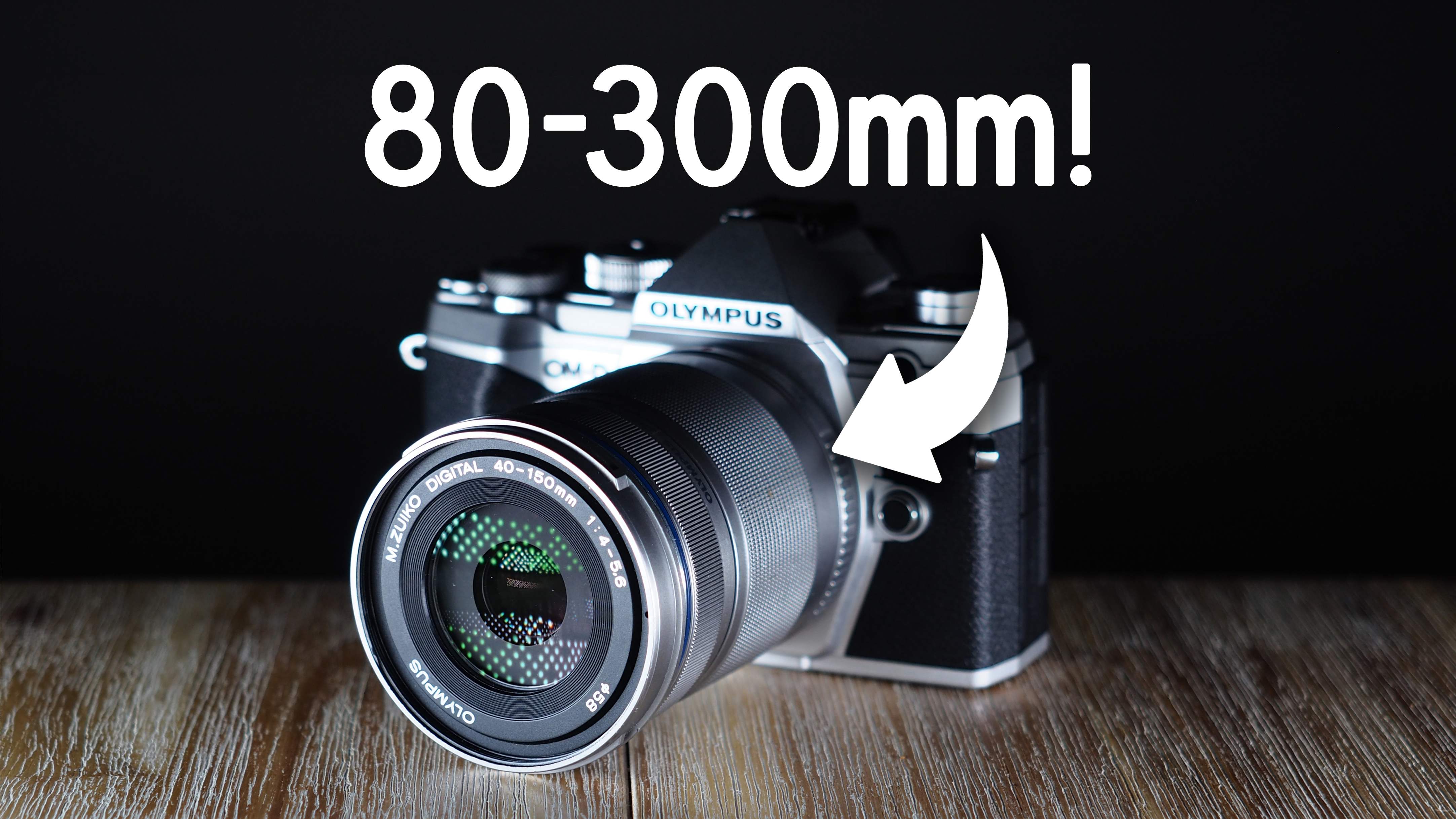Camera brands killed off the compact camera too soon, but is it too late for a revival?
Despite promising numbers, point-and-shoots are still far from the heyday of the 2000s
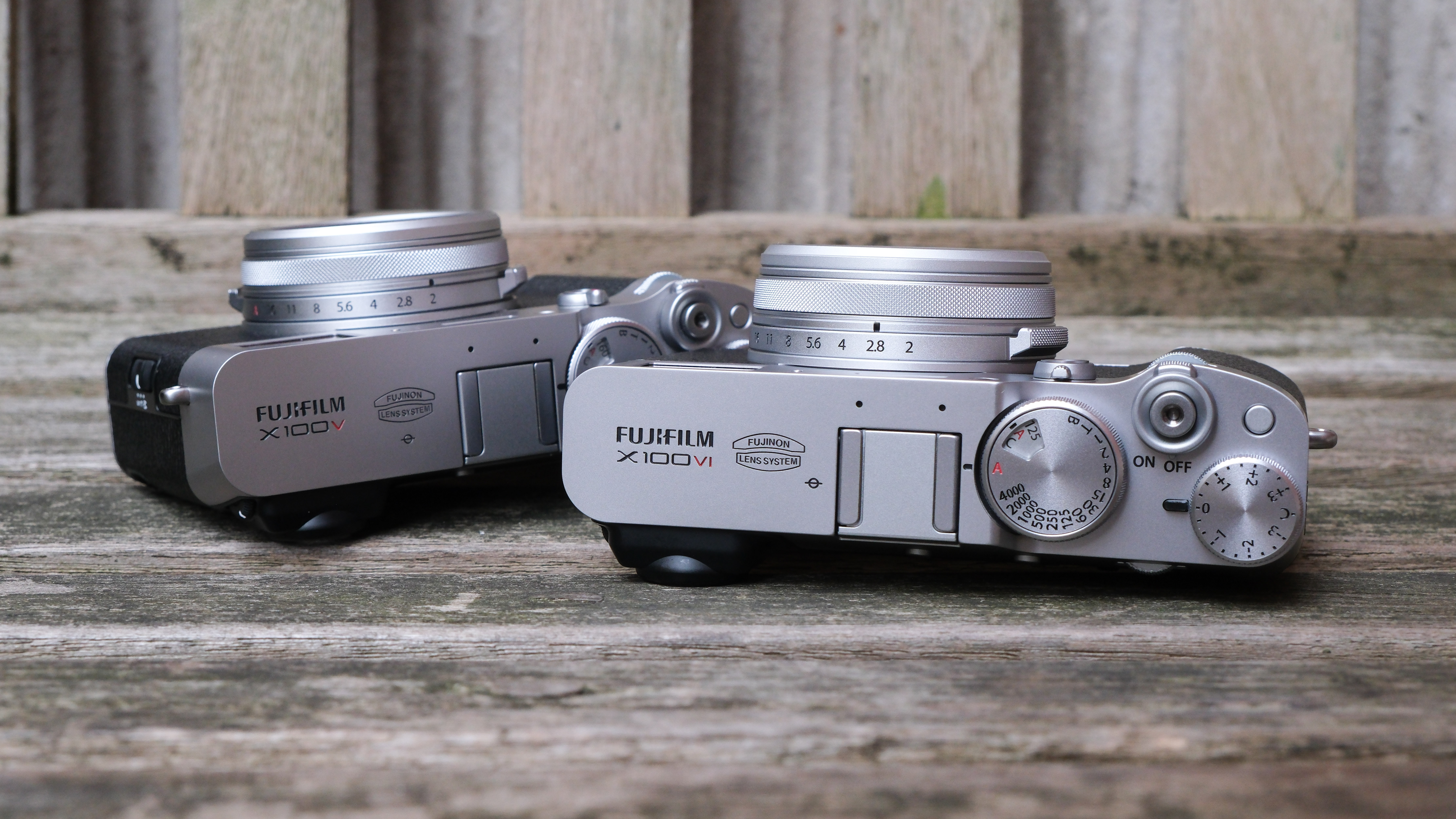
The point-and-shoot camera has been the subject of more death predictions than a Shakespearean soothsayer. Keyboard warriors felt certain that the capabilities of the smartphone camera spelled out a certain death threat for point-and-shoot cameras. Yet, it’s nearly 2025 and the cameras that everyone wants but no one can find in stock have one thing in common: they are all compact cameras.
Thanks to viral TikTok status, the Fujifilm X100VI is selling for more used than the list price of the brand new compact. Similarly, Leica’s newest compact camera, the Leica D-Lux 8 is hard to find. But if the limited availability of a 2024 launch is unsurprising, what about the limited stock of the 2019 Ricoh GR III, the sudden demand for the now five-year-old Canon G7 X III, or the sudden increase in cost on 20-year-old compacts on eBay?
Clearly, the fortune tellers predicting the death of the compact camera missed this. The lack of stock in the compact camera market makes one thing clear: Camera brands were ill-prepared for a compact comeback.
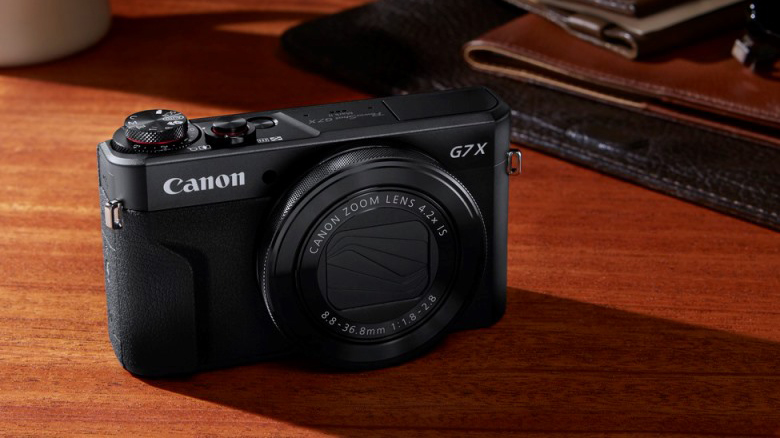
Compact cameras are now outselling DSLRs
DSLR sales have unsurprisingly declined as manufacturers switch their focus to mirrorless. But what’s more surprising is that the number of fixed lens compact cameras has now jumped to outpace DSLR sales.
The Cameras and Imaging Product Association, a Japanese organization that tracks worldwide camera sales, started showing more compact sales than DSLRs earlier this year.
The latest numbers, however show that compact cameras sales aren’t doing quite as well as they were in 2022. The CIPA numbers for September, the latest available data, show compacts under the end-of-year holiday blip for the same month in 2022.
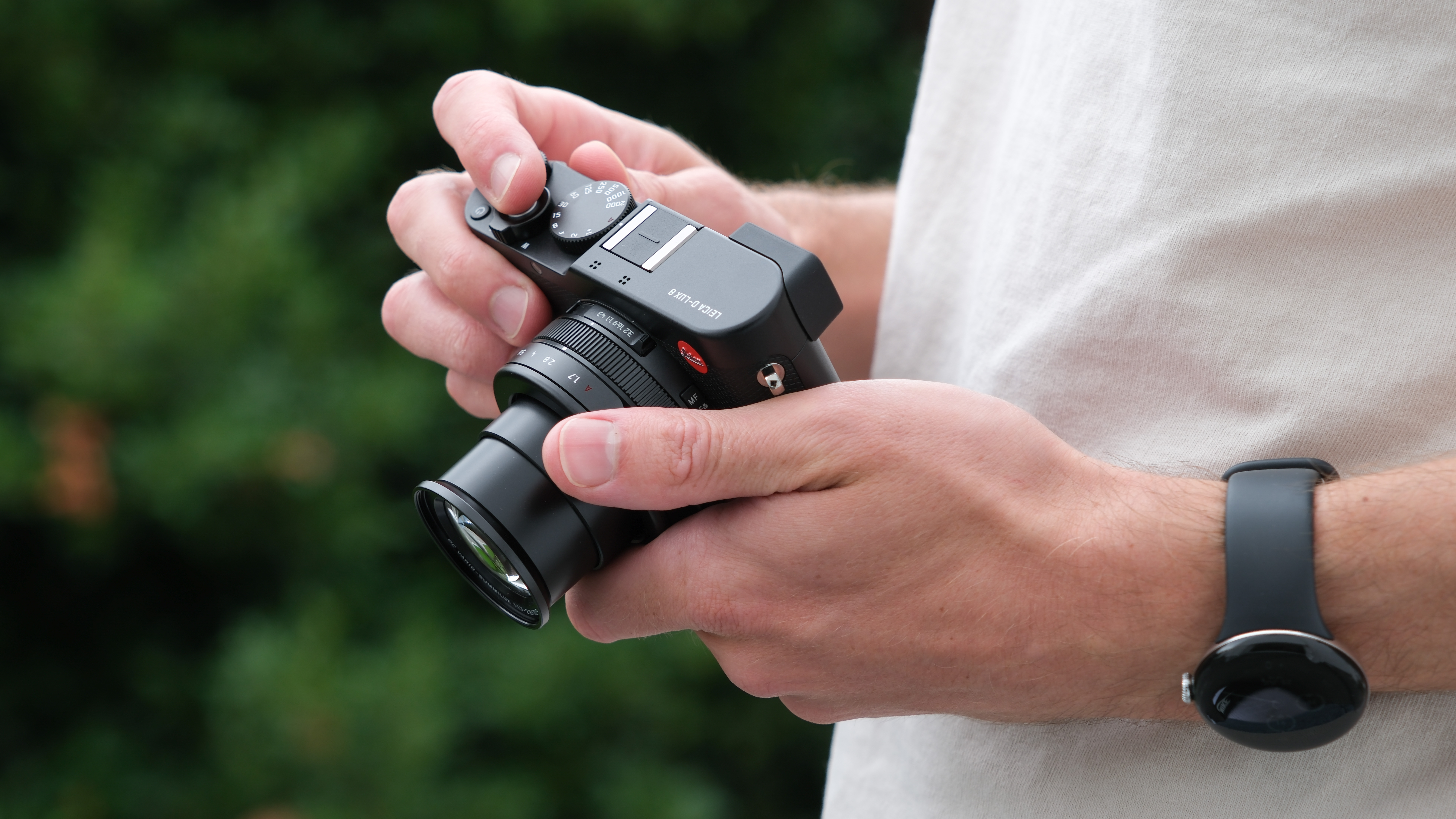
Why are compact cameras out of stock? Many brands quit focusing on them
As the industry predicted the downfall of the compact camera and sales declined, brands shifted their focus towards mirrorless. That shift left relatively few announcements in the point-and-shoot space, with most of the newly announced compacts focusing on cramming larger sensors inside a small camera for a definitive advantage over smartphone cameras.
The best camera deals, reviews, product advice, and unmissable photography news, direct to your inbox!
But as compacts unexpectedly reincarnateed, many brands were unable to meet the new demand. Perhaps the best example of this is the Fujifilm X100VI, a retro-styled compact that, after TikTok fame launched with such limited stock that resellers took to selling the coveted camera on eBay for double the list price.
The X100 series is far from alone in the inability to meet demand, however. The Ricoh GR III, a camera launched in 2019, is listed as temporarily out of stock at multiple US retailers. The Leica D-Lux 8, which surprisingly has a list price only slightly higher than the X100VI, is also similarly hard to find. Even the Canon G7 X III, which is now five years old, went out of stock after unexpected TikTok fame.
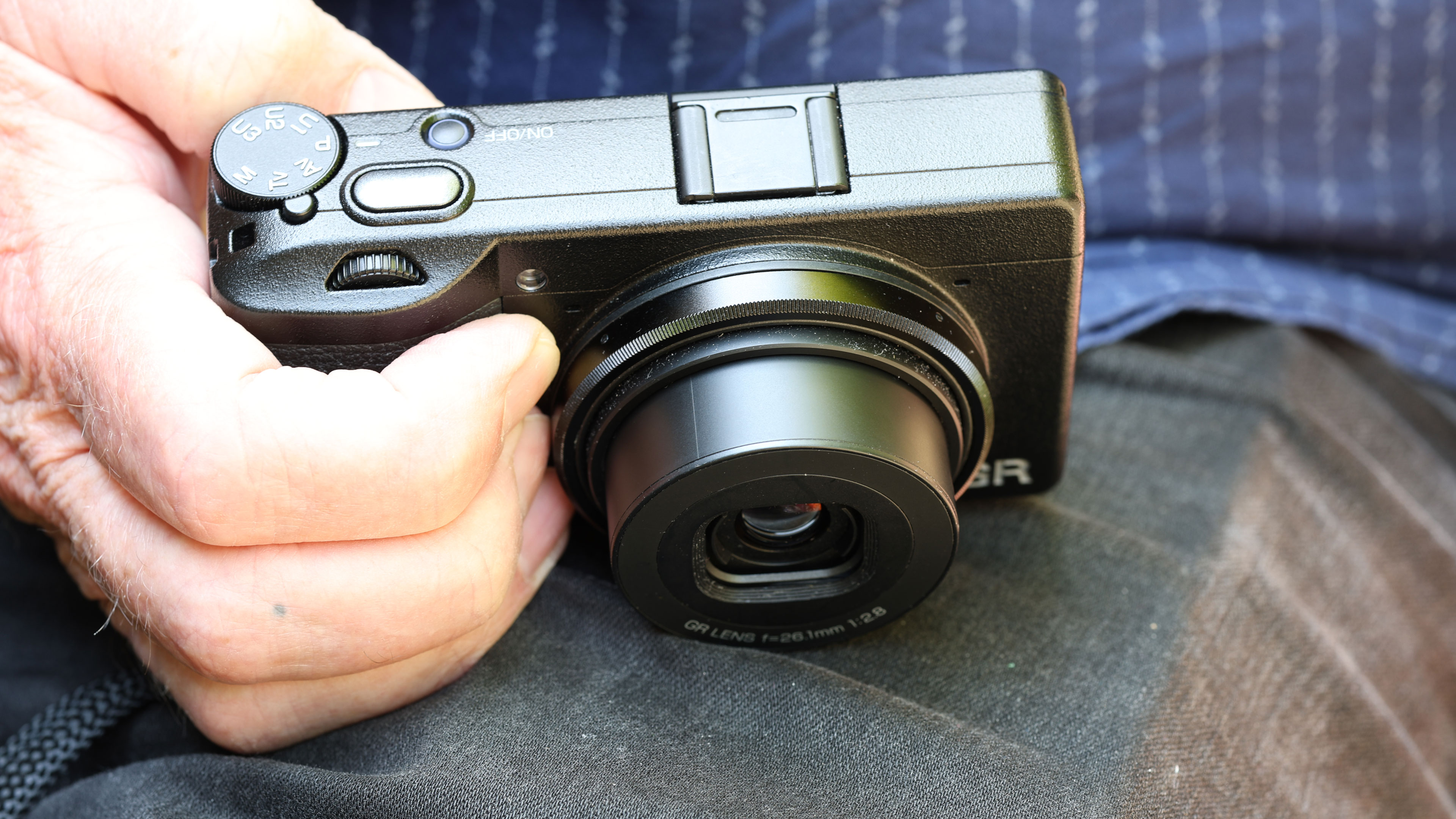
Despite growth, compact numbers are far from the heyday
One of the factors driving the trend towards the point-and-shoots revival is the experience of using a dedicated camera. The ability to take a photo and remain in the moment without being distracted by smartphone notifications remains a complelling reason to use a dedicated camera. Gen Z’s new obsession with using crappy compacts from 20 years ago could also very well be playing a role in the sale of new models as well, as those early digital cameras aren’t exactly known for being built to last several decades.
Whatever the reason behind the growth, the blip in sales remains well behind the point-and-shoot’s heyday. CIPA data for 2008 lists the number of cameras with built-in lenses shipped worldwide from Japan at more than 110 million for the full year. In the first nine months of 2024, built-in lens cameras shipped just over 1.37 million. While compact sales have risen in recent years, the numbers are still far from the genres peak.
That leads to the key question: Is the increase in compact camera sales enough for brands to divert resources to keeping the category alive? Or will the point-and-shoot continue to see relatively few launches?
The camera rumors point to a few potential new compacts, though the predictions remain heavily mirrorless focused. The numbers likely aren’t enough to bring back a huge compact revival across every major brand, but hopefully the trends are enough to keep a few compacts alive for both general consumers and photographers who want to pack light.
Browse our guide to the best compact cameras, the best cameras for Instagram, or the best travel cameras.

With more than a decade of experience writing about cameras and technology, Hillary K. Grigonis leads the US coverage for Digital Camera World. Her work has appeared in Business Insider, Digital Trends, Pocket-lint, Rangefinder, The Phoblographer, and more. Her wedding and portrait photography favors a journalistic style. She’s a former Nikon shooter and a current Fujifilm user, but has tested a wide range of cameras and lenses across multiple brands. Hillary is also a licensed drone pilot.
